Mining Equipment
Overview
Operational continuity, safety and cost efficiency in underground mines hinge on integrated equipment and engineering. Glory Mining Engineering delivers field-proven equipment suites and project execution — combining right-sized selection, modular delivery and lifecycle maintenance to reduce downtime, boost throughput and maintain compliance.
Extraction (Rock Drill & Drilling Machine )
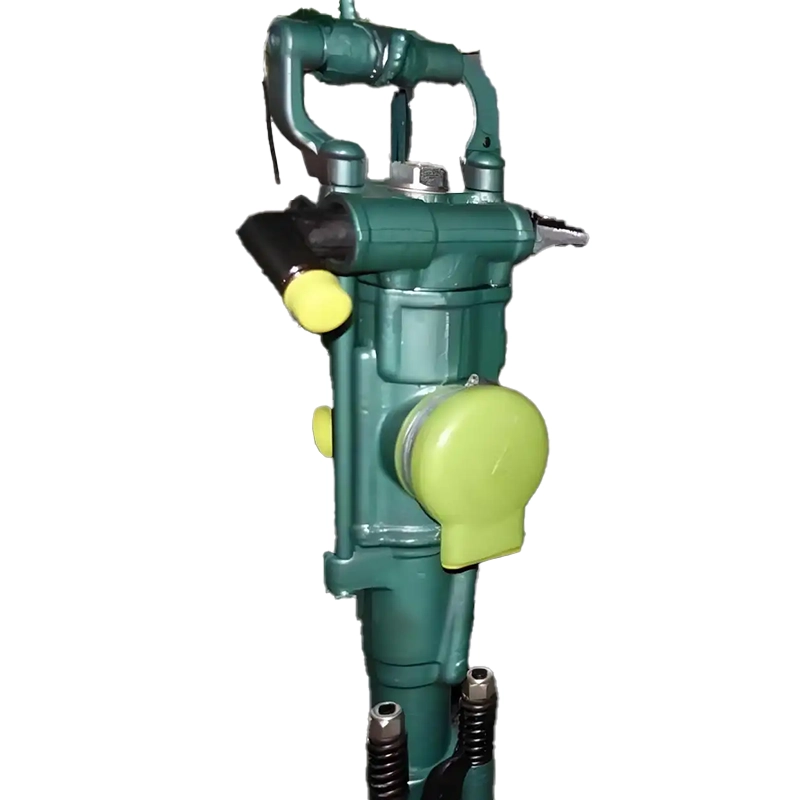
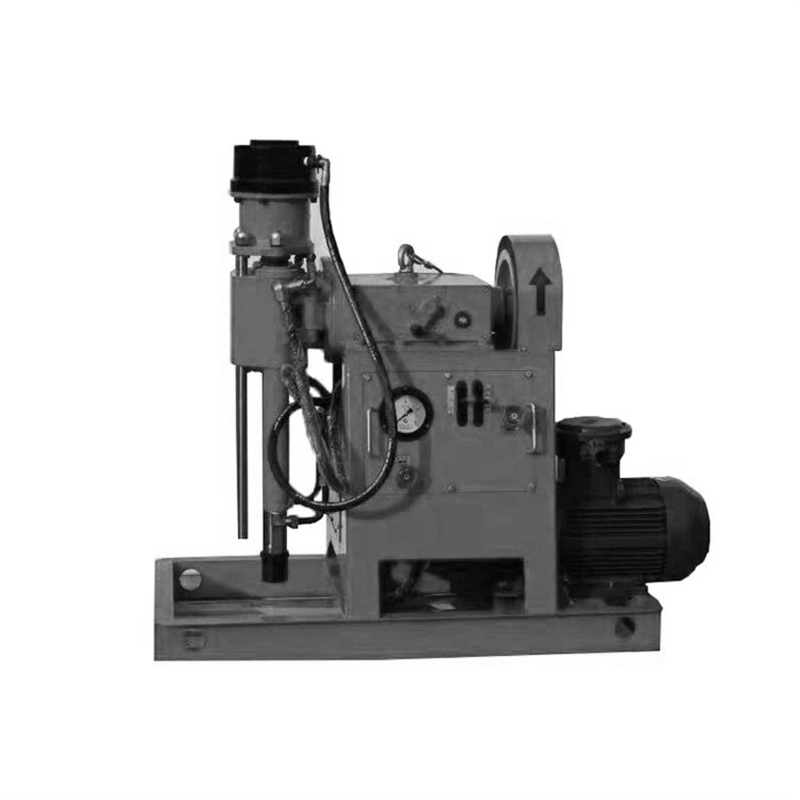
A specialized tool for ultra-hard materials (rock, reinforced concrete), using percussive or percussive-rotary action to fracture substrates. Equipped with wear-resistant carbide bits, it’s powered by pneumatic/hydraulic systems, critical for mining, tunnel boring, and heavy rock excavation.
Ventilation (Airflow, Dust & Gas Control)
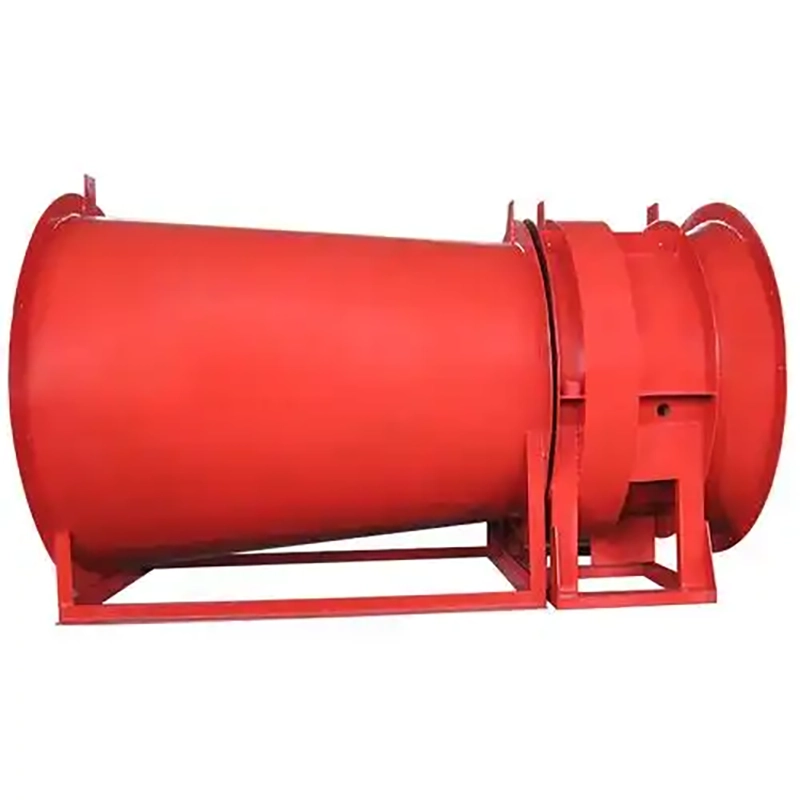
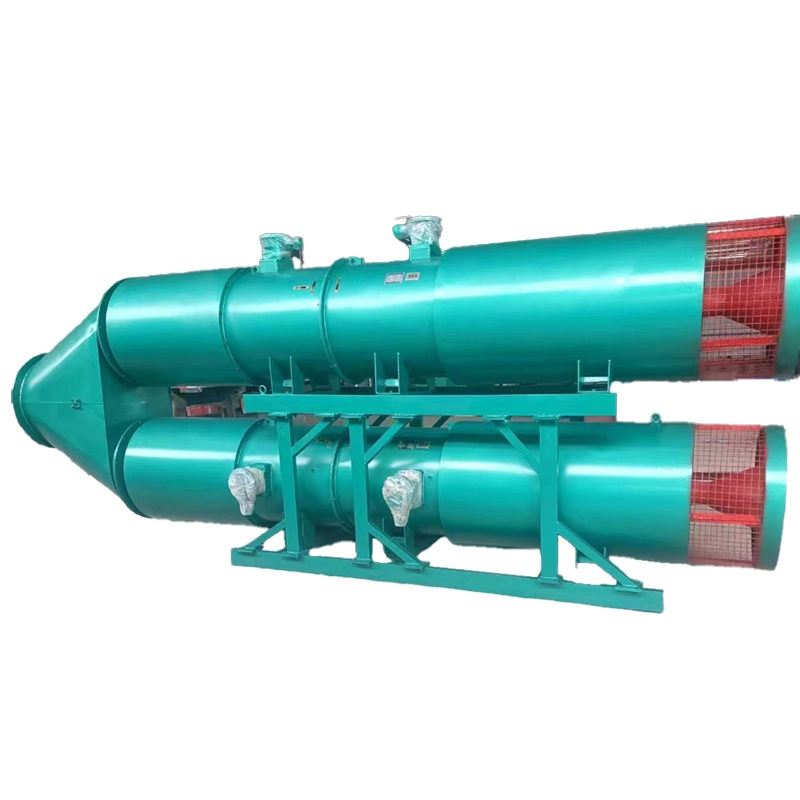
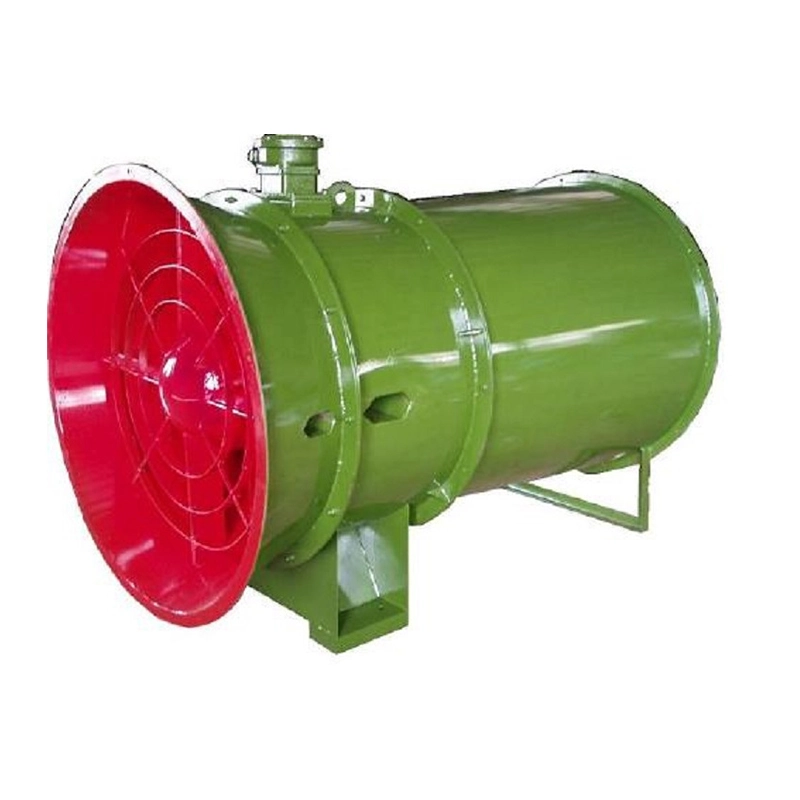
Main Ventilators
Main ventilators are installed at the surface or shaft collar and provide the primary motive force for the mine’s ventilation circuit, either forcing fresh air into workings or exhausting contaminated air. They are typically configured duty-plus-standby (one duty, one or more standby) and are selected as large-capacity axial or centrifugal units with VFD control and remote monitoring.
Local Ventilators
Local ventilators are compact, portable units deployed at development faces and headings to deliver fresh air and extract dust and hazardous gases. They are usually explosion-protected axial fans used with flexible or fixed ducts and relocated as work progresses.
Auxiliary Ventilation Devices
Auxiliary devices — including flexible/rigid ducts, air doors/dampers and regulators — direct and balance airflow to specific work areas. Proper placement and sealing of these components ensure correct air distribution, reduce recirculation, and support regulatory compliance.
Dewatering (Pump Systems & Controls)
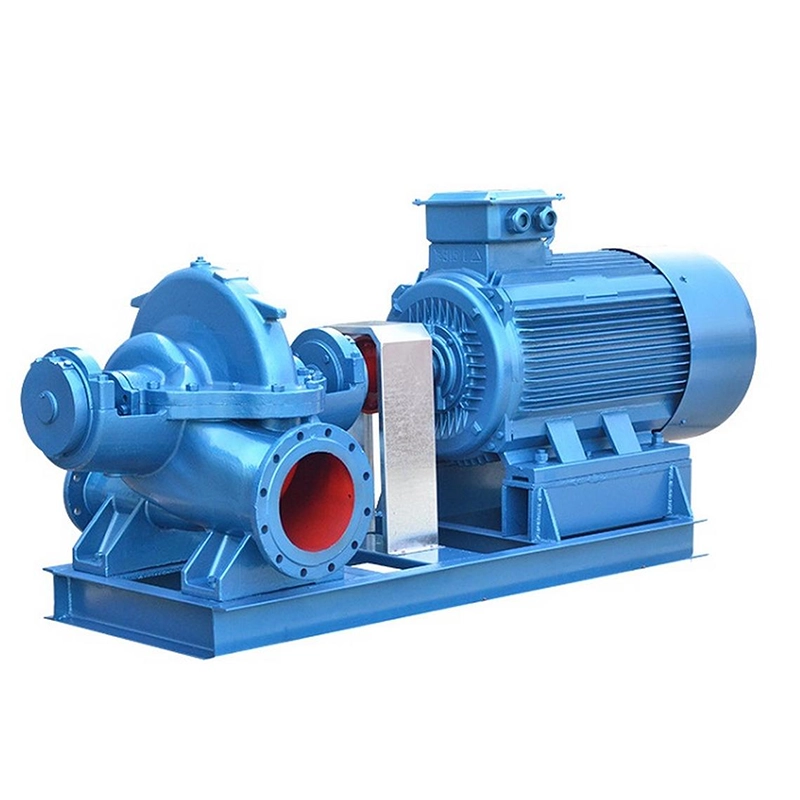
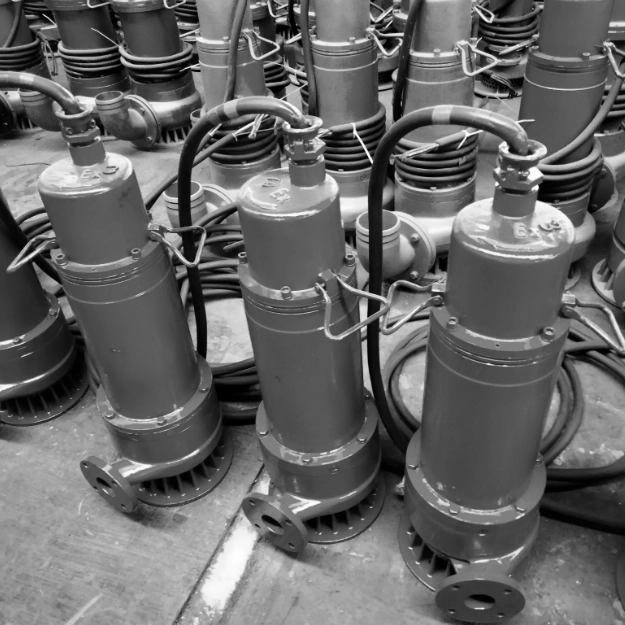
Main Drainage Pumps
Main drainage pumps provide the primary motive power for mine dewatering and are typically installed in an underground central pump house near the pit bottom or yard, handling over 80% of the mine’s outflow. They are deployed in a duty-standby-maintenance redundancy (≥3 units) to secure continuous 24/7 operation, are usually multistage centrifugal types with high flow and head, constructed from corrosion-resistant materials and specified explosion-protected where required; sizing must match peak inflow (m³/h) and deliver the total dynamic head from sump to surface discharge.
Auxiliary Drainage Pumps
Auxiliary pumps supplement the main system at development faces, haulage yards and local sumps to remove localized inflows or process effluent. These units are generally portable or submersible, selected for the local flow/head demand and environmental conditions (corrosive water, potential gas hazards), and are used for routine local drainage and emergency dewatering to protect operations and limit stress on the main pumps.
FAQs
Q: What parameters determine mine ventilation requirements?
A: Primary factors: personnel count, diesel equipment exhaust, heat generation, gas emission rates, dust sources and roadway geometry. CFD modelling is recommended for complex networks to validate airflow distribution and pressure drops.
Q: What are typical maintenance intervals for drilling & rock-breaking equipment?
A: Routine inspections are recommended weekly, consumable checks monthly and preventive overhauls every 6–12 months depending on throughput and abrasiveness. We deliver tailored maintenance schedules per site.
Q: How do you validate performance claims (e.g., downtime reduction)?
A: We validate via baseline vs post-implementation logs: fault incident records, downtime hours, maintenance invoices and instrumented performance tests. We recommend publishing a signed post-implementation validation report as proof.